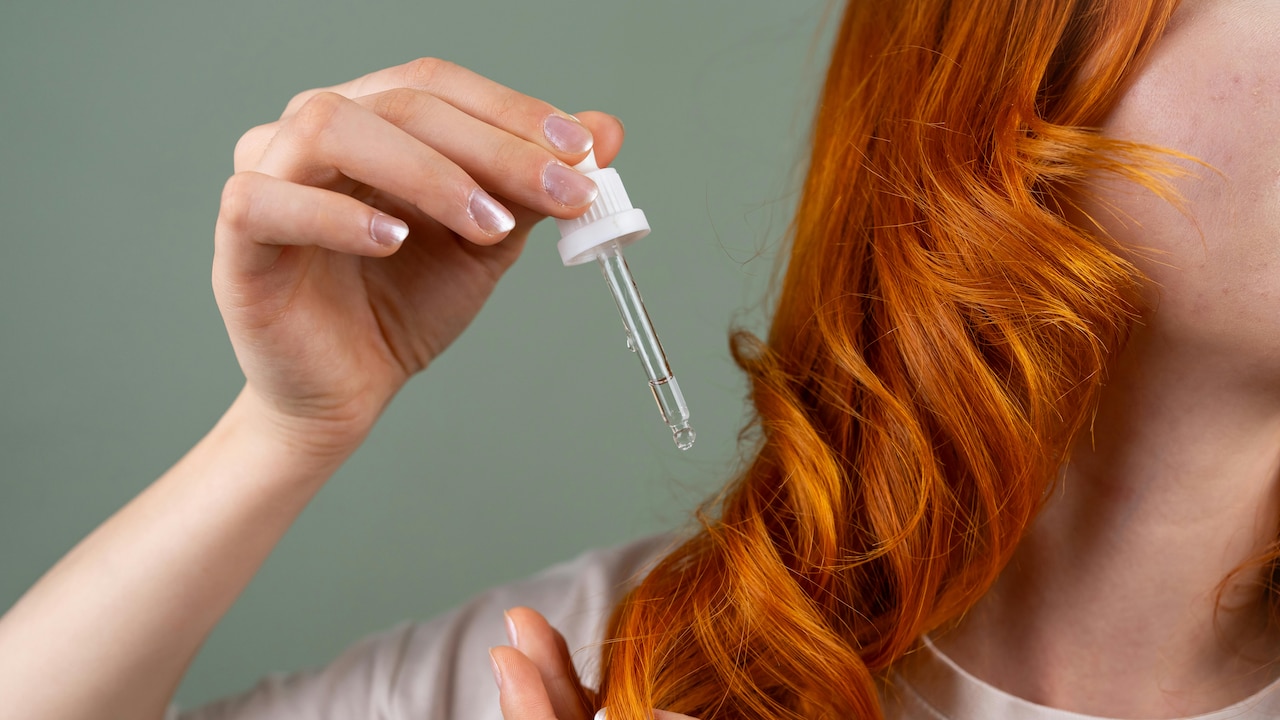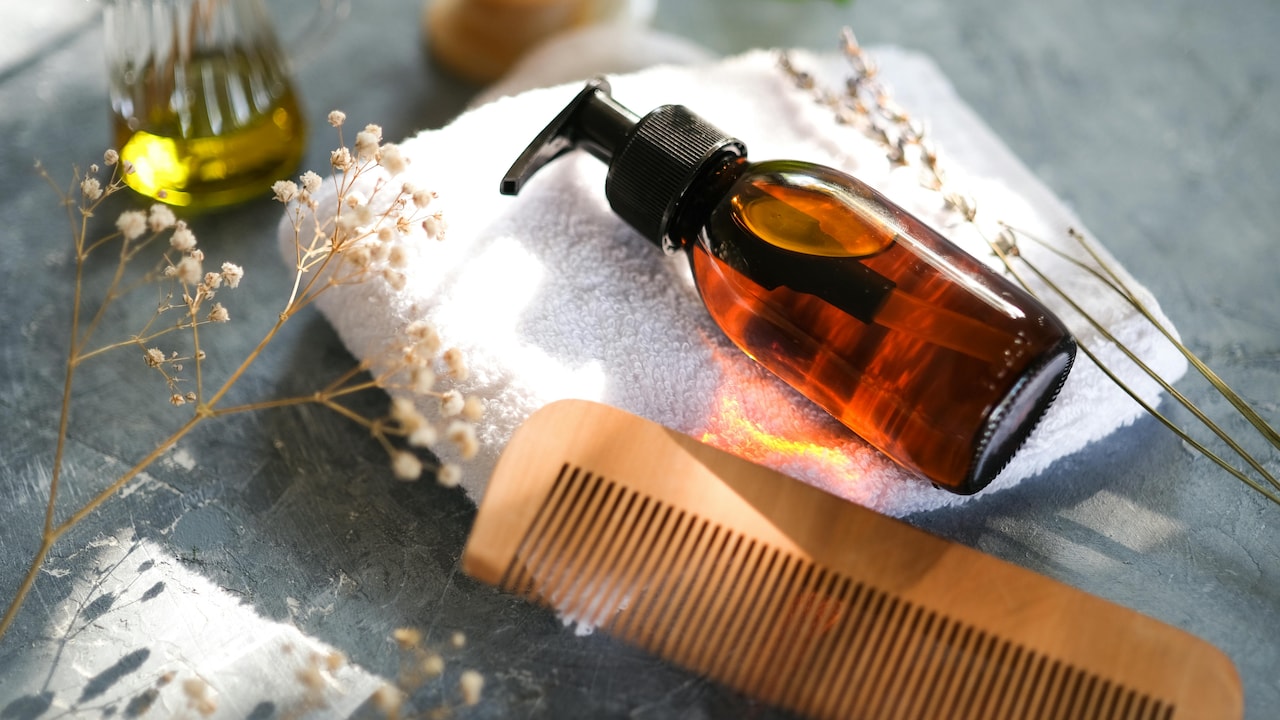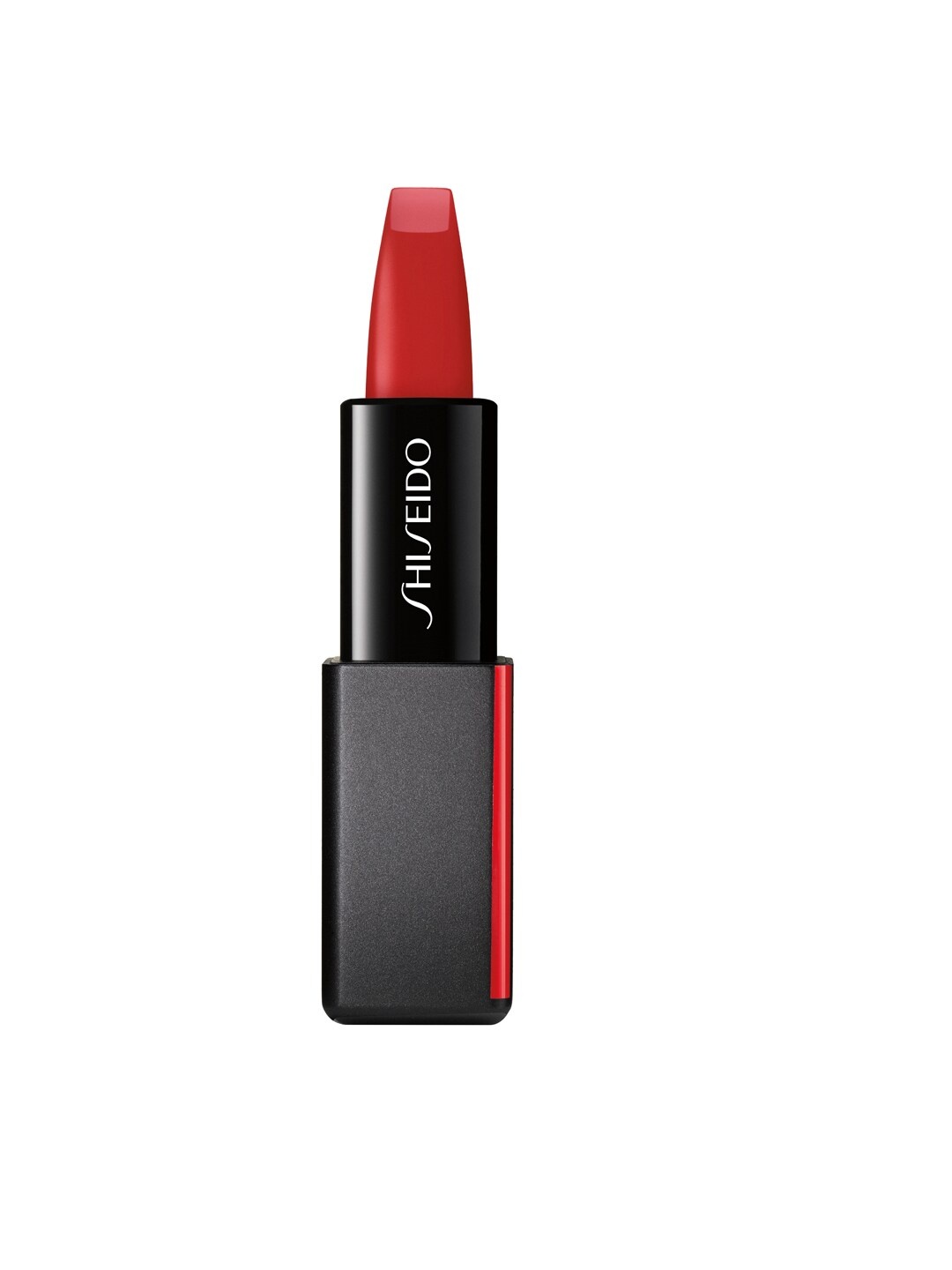Why Your Hair Serum Is Not Working: 10 Common Hair Serum Mistakes To Avoid
Hair serums promise glossy strands and frizz-free perfection, yet so many end up disappointed, wondering why their serum doesn’t deliver that salon-fresh look. The secret lies not in the serum’s brand, but in a simple truth that’s often ignored.

10 Common Hair Serum Mistakes And How To Fix Them For Smooth, Shiny Hair.
Every bathroom shelf seems to have one, that sleek little bottle of hair serum with grand promises of smoothness, shine and zero frizz. Ads make it look effortless: just a few drops and voila, red-carpet hair! But after a few weeks (and a few more ₹1,500 bottles later), the mirror often tells a different story. The shine fades, the frizz returns, and the disappointment settles in.
So, what's really going wrong? Why do serums that work wonders on some hair types fall flat on others? The truth is surprisingly simple yet deeply overlooked. It's not just what you apply, it's how and when you apply it. Beneath that small oversight lies the reason why so many serums don't live up to their glossy promises.
Here are 10 reasons your hair serum fails - just check out these common mistakes preventing perfect results and how to fix them for healthier, shinier, and stronger hair.

Why Your Hair Serum Is Not Working: The Most Overlooked Reason
Photo Credit: Pexels
Small Missteps, Big Impact: Why Your Serum Isn't Working
1. Your Hair Is Thirsty, Not Oily
The first mistake most people make is assuming their hair's frizz means it's oily or greasy. In reality, frizz is often a cry for moisture. Dry strands lift their cuticles in search of hydration, making them rough and unruly. When a silicone-based serum coats this dryness, it only masks the problem temporarily.
Think of it like putting lotion over dusty skin without washing it, a smooth feel for a moment, but no real nourishment. Hair serums aren't moisturisers; they're sealants. They lock in whatever moisture your hair already has. So, if your hair is dry before applying serum, you're sealing in dryness.
The fix? Always apply serum to slightly damp hair, not bone-dry strands. This traps water inside, letting the serum do its job, protecting and locking in shine. That's when the magic happens.
2. The Timing Is All Wrong
Timing can make or break your serum game. Many reach for the bottle after hair is completely dry, thinking it'll smooth frizz instantly. It might, but only for a short while. Applying serum on towel-dried hair, when it's still a bit damp, is when it truly works its wonders.
Here's why: damp hair cuticles are open and ready to absorb hydration. When serum is applied, it seals the moisture in. Once the hair dries, the surface becomes smoother, glossier, and less prone to humidity-induced frizz.
Wait too long, and the serum just sits on top, doing little more than adding a temporary shine. It's the difference between marinating a dish before cooking and pouring sauce on top after it's done, flavour versus façade.
So, the next time you step out of the shower, pat (not rub!) your hair dry, and use your serum while it's still slightly damp. That's when it truly earns its keep.
3. You're Using Too Much, or Too Little
When it comes to hair serums, more isn't merrier. It's a precise game of balance. Too much, and your hair ends up greasy and heavy; too little, and it's as if you never applied anything.
The right amount depends on hair length and texture. For short hair, a pea-sized drop works wonders. Medium length? Two drops at most. Long or thick hair might need three to four. But even then, rub it between your palms first, let it warm up before gliding through your strands.
Imagine seasoning food: a sprinkle brings flavour, but an overdose ruins the dish. The same goes for serums. Over-application clogs the hair, weighs it down and can even lead to scalp build-up over time.
Precision, not abundance, is the secret ingredient. When used wisely, even an affordable ₹400 serum can outshine a high-end ₹2,000 one.
4. Wrong Placement: Roots vs Ends
Here's where most go wrong: applying serum from root to tip. While it feels intuitive, it's actually a recipe for disaster. Serums belong on the mid-lengths and ends, not the scalp.
The scalp naturally produces oil, so adding serum there can make hair greasy faster. The ends, on the other hand, are the oldest and driest parts of your hair, craving that silky coating. By focusing on them, you nourish where it's needed most and prevent split ends from worsening.
A handy trick? Flip your hair forward, start from the ends and work your way up halfway. You'll instantly notice smoother strands without that limp, flat look near the roots.
In other words, think of serum as a finishing touch, a protective coat, not a conditioner. The roots can fend for themselves; the ends are where the love is needed.
5. The Product Doesn't Suit Your Hair Type
A serum that works wonders for one person may do nothing for another. That's because serums aren't one-size-fits-all; they're like skincare for your hair.
For fine or thin hair, lightweight serums with argan or grape-seed oil are ideal. They are smooth without weighing down. Thick or coarse hair, however, needs heavier formulas with ingredients like macadamia or keratin. Curly hair loves leave-in serums that define and protect natural texture.
Using the wrong type is like wearing a wool jumper in peak summer, uncomfortable and unnecessary. So, always check the texture of your serum. If it feels sticky or too greasy, it's not for your hair type.
Choosing wisely not only improves results but also saves money, because that unused ₹1,200 bottle gathering dust doesn't help anyone.
6. You're Ignoring Build-Up
Even the best serum can backfire if there's product build-up on your hair. Over time, layers of residue from shampoo, conditioner, sprays, and serums accumulate, forming a barrier that prevents any new product from doing its job.
That's why your serum may have worked perfectly in the beginning, but gradually lost its magic. The solution? A monthly detox using a clarifying shampoo. It's like hitting the reset button for your hair.
Think of it as giving your hair a fresh canvas. Once cleansed, the serum can actually penetrate and coat each strand properly. A weekly oil massage followed by a clarifying wash also helps restore that lost lustre.
It's not about adding more products; sometimes it's about letting your hair breathe.
7. You're Skipping Heat Protection
Many people assume their serum doubles as a heat protectant, it doesn't. Most serums are designed for shine and frizz control, not to guard against the damage from straighteners or blow dryers.
Without a proper heat shield, your hair's cuticles burn or weaken, leading to dullness and breakage. Over time, no serum can undo that damage.
The fix is simple: apply a heat protectant before styling, and serum afterwards. This layering locks in protection and shine. It's like wearing sunscreen before makeup; both serve different purposes but work best together.
A ₹300 heat protectant spray can make a world of difference, saving you thousands in future hair repair treatments. Prevention, as always, is cheaper than a cure.
8. The Water You Use Matters
Here's the curveball no one talks about: the water you wash your hair with. Hard water, common in many Indian cities, is rich in minerals like calcium and magnesium. These minerals cling to hair shafts, creating a dull film that blocks serum absorption.
You might be using the best serum money can buy, but if hard water is your daily wash companion, it won't perform its magic. Hair feels coarse, sticky, and unresponsive.
A simple fix? Use a water filter for your shower or rinse hair with bottled or filtered water once a week. Alternatively, add a spoon of apple cider vinegar to a mug of water and use it as a final rinse; it breaks down mineral residue and revives softness.
It's a tiny adjustment that can transform how well your products perform, and your hair will thank you for it.
Also Read: Smart Beauty: Dot & Key Skincare Steals On Myntra Big Fashion Festival
9. You're Expecting the Wrong Results
Sometimes, it's not the serum that fails, it's our expectations. Serums don't transform damaged hair overnight. They're stylers, not healers. Their job is to smooth, protect, and add shine, not repair years of chemical or heat damage.
If your hair is deeply dry, brittle, or chemically treated, it needs more than a serum; it needs hydration from masks, oils, and nourishing treatments. The serum is the finishing touch, not the main event.
Think of it as the garnish on a well-cooked meal. No matter how fancy the garnish, it can't save an undercooked dish. Combine serums with a proper care routine, and the results will start showing naturally, silky, manageable hair that stays healthy longer.
10. You're Ignoring the Scalp
Here's the final piece of the puzzle: scalp health. The scalp is the foundation for every strand, yet it's often neglected. A dirty, flaky, or oily scalp blocks nutrients and stunts growth, making even the best serum ineffective.
A healthy scalp ensures healthy hair. Regular exfoliation using mild scrubs or natural remedies like aloe vera or tea tree oil helps maintain balance. Once the scalp is clean and oxygenated, every product, from oil to serum, performs better.
It's the equivalent of nurturing soil before planting seeds. Without a healthy base, the shine won't last, no matter how fancy the serum bottle looks.

Why Your Hair Serum Is Not Working: The Most Overlooked Reason
Photo Credit: Pexels
Products Related To This Article
1. Pilgrim New Improved Advanced Hair Growth Serum with 3% Redensyl 4% Anagain 5% Capilia
2. The Plant Fix Plix Rosemary Advanced Hair Growth Serum with 3% Redensyl, 4% AnaGain, 3% Baicapil
3. Folirich Hair Growth Serum 60 ml Pack
4. L'Oréal Professionnel Xtenso Care Serum for Frizz-Free,Manageable & Smooth Hair
5. L'Oréal Professionnel Liss Unlimited Primrose Oil
6. HAPICHA CAFUNE SCALP SERUM
7. WishCare HairGrowth Serum-Resdensyl
A hair serum isn't magic in a bottle, it's science meeting habit. The reason it fails often has less to do with the product and more with how it's used. From timing and technique to scalp care and water quality, every detail counts.
When applied right, even an affordable serum can bring a luxurious touch to your daily routine. But when applied wrong, even the priciest brand can fall flat.
So next time you pick up that shiny bottle, remember, it's not about following a trend. It's about understanding your hair, listening to what it truly needs, and using the right product the right way. That's the overlooked secret to hair that doesn't just look good, it feels alive.
(Disclaimer: This article may include references to or features of products and services made available through affiliate marketing campaigns. NDTV Convergence Limited (“NDTV”) strives to maintain editorial independence while participating in such campaigns. NDTV does not assume responsibility for the performance or claims of any featured products or services.)
























